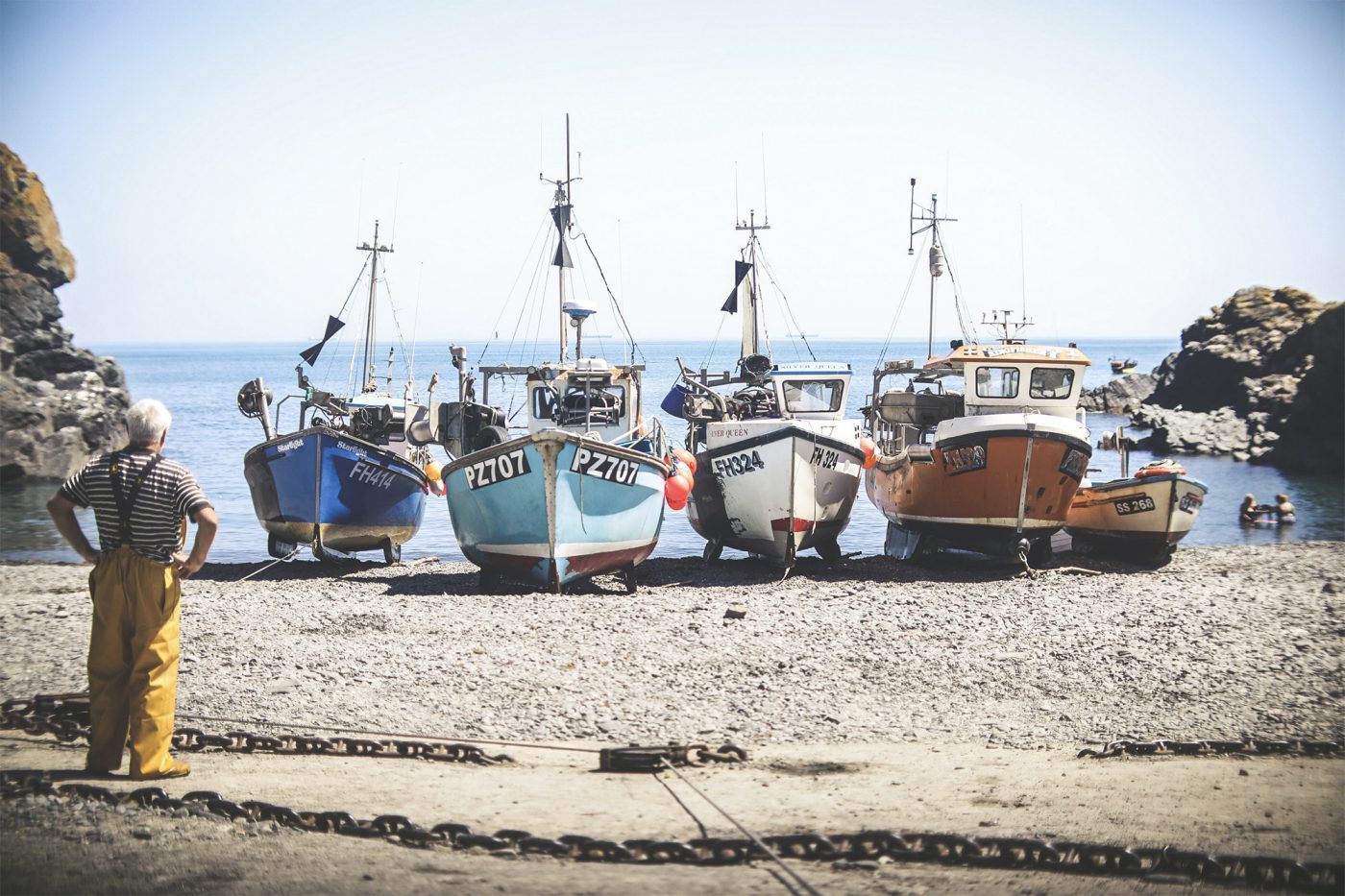14 February 2012
Since the World Summit on Sustainable Development in Johannesburg in 2002, all signatories, including the UK and EU, have been committed to bringing all depleted fisheries to maximum sustainable yield where possible by 2015.
Despite the fact that MSY is a somewhat discredited theoretical construction, designed with single stock fisheries in mind, it has served a useful purpose as a political commitment, which has moved the focus in fisheries management from avoiding collapse through over-exploitation, to the inherent economic potential in fisheries – if the right balance can be struck between exploitation and conservation.
Problems however arise when MSY is turned from a theoretical notion to a practical framework for fisheries management. The cost and inherent difficulties in providing analytical stock assessments so that we know, for each and every commercially exploited stock, where on the biomass yield curve we are, is probably beyond our capacity and resources. For this reason identifying a level of fishing mortality (Fmax for the aficionados) that is consistent with a high probability that this will deliver high yields is a more useful indicator for fisheries managers.
Again at a practical level, most realists accept that it is unlikely that it will be possible to maintain all stocks in multi-species, mixed-fisheries simultaneously at MSY. Some kind of pragmatic trade off is required to strike a balance between maximising yield on some stocks, but fishing others at a lower yield and providing protection for particularly vulnerable species.
It is above all, to deal with the realities of mixed fisheries that the all important words where possible were included in the Johannesburg Declaration.
The problem arises when, for political and largely cosmetic reasons, it is proposed that MSY is moved from a political commitment to a mandatory requirement, as we now have in the European Commission’s CFP reform proposals, cheered on by some of the less savvy environmental NGOs. As a political commitment there remains room for manoeuvre to deal with the tricky mixed fishery issues and the necessary trade-offs required; as a mandatory requirement ministers would be committing themselves to permanent failure, or fishing at the lowest common denominator, as there will always be some stock or other which will, for completely extraneous reasons, dip for a period. North Sea saithe is currently a good example which for a number of years, has been fished at levels of mortality below and biomass above MSY, yet has experienced below average recruitment for unknown environmental stock dynamic reasons. Nothing has changed in the fishery to account for this and the likelihood is that it will right itself in due course.
When MSY is moved from being a useful guide and benchmark to becoming an inflexible fetish, fisheries managers’ hands will be tied to deal with this kind of example in a pragmatic way. It is very significant that much of the opposition to using MSY in this crude way comes from fisheries scientists.
The signs are that many member states will press for this part of the proposal of the reform proposals to be taken out. There are other policy formulations that deliver that same commitment without the drawbacks. Our preference is to aim for:
“Levels of fishing effort consistent with high, long-term, sustainable yields”
Another is:
“Low levels of fishing mortality for the major species that will permit high stock sizes without significant loss of long-term yield”
Either of these formulations would avoid the trap of unachievable mandatory obligations to meet the requirements of a theory.
In any event, much more important than arguing about the fine-tuning of the point of destination is whether our fisheries are moving broadly in the right direction. And with a few exceptions the ICES advice for this year’s quotas confirms that this is the case.

